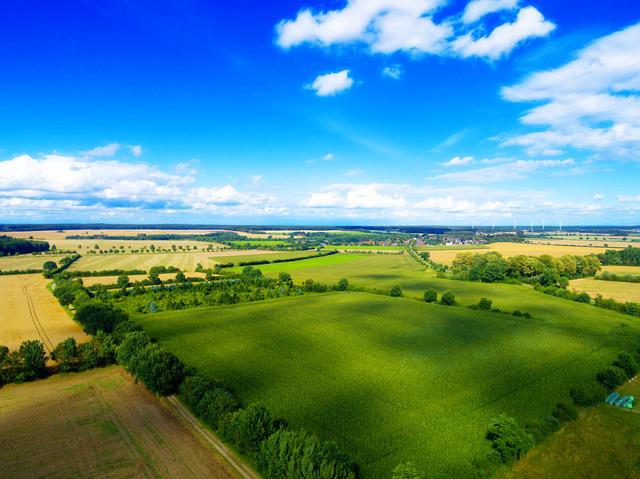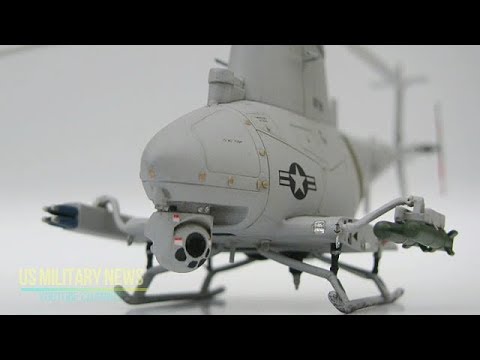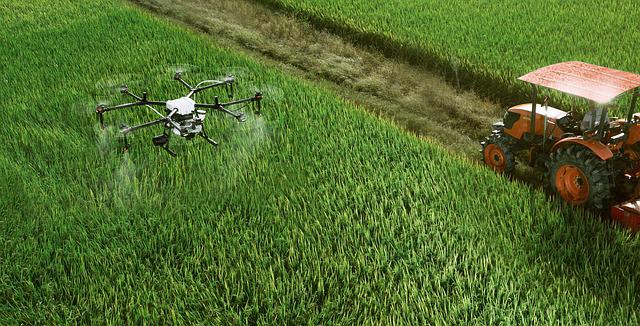
Pro drones are distinguished from consumer drones by different features. The DJI Inspire 2 is specifically designed with filmmakers in mind, with advanced camera sensors and Cinecore 2.0 image processing system. A 2-axis FPV camera is included, which allows pilots greater vision. You can also use dual IMUs and self-heating batteries to make any task easier. These drones are simply amazing.
Parrot Inspire 2
The DJI Inspire 2 pro drone features a new first-person camera below the nose. This provides a steady forward view and supports complex flight maneuvers. The dual-operator mode lets you fly the drone alongside another person. Inspire 2 also includes a forward-facing Infrared Sensor that can scan obstacles upto 16 feet away. You will also enjoy its ability to record 4K video from one operator.
DJI Mavic 3
The DJI Mavic 3 Pro drone is worth considering if you want to capture the best footage for your next film. With a dual camera setup and 3-axis gimbal, this drone delivers excellent video. It has a 20MP wideangle camera from Hasselblad. A 12MP telephoto cam from 1/2"CMOS. Both cameras have 4K resolution and 28x hybrid Zoom.

Autel EVO II
Sony EVO II Pro allows for a resolution as high as 6K. The camera also has a wider dynamic range that reduces noise and better noise reduction. The latest generation of the CMOS sensor makes it possible to shoot at a resolution of up to 6K. It has an aperture range from f2.8 through f11 and a maximum ISO setting of 12,800. The camera also offers 10 bit color depth. This allows you to shoot in a wide variety of lighting conditions.
DJI Phantom 4
The DJI Phantom 4 is a professional drone that you should consider if you are looking for one. This drone has all the features of Phantom 4 Pro but also provides better connectivity and resolution for live-view streaming. This drone has a 20 MP camera with CMOS sensor and 3-axis Gimbal Stabilization. It can record 4K60 fps video, and shoot photo bursts at 14 fps.
Skydio 2 +
Skydio 2 drone is versatile and powerful. It can be used to perform a variety different tasks. The S2 camera can capture 4K footage as well as HDR at 30-60 frames per second. You can also set the camera to record slow motion at cinematic 48fps. The camera comes with a GPS integrated system, which will automatically locate the nearest target.

FAQ
What are the rules regarding drone operation?
Registering your drone with FAA is required. This registration involves information such as the weight, size, battery capability, and operating frequency. It also requires you to obtain an identification number from the FAA.
What type of batteries can a drone use to charge its batteries?
Drones are powered by lithium-ion battery. A typical drone uses between 3 and 6 volts.
Do I need to be able to fly a drone without special training?
You don't require any special training to fly your drone. You only need a remote controller unit and basic knowledge about flight mechanics.
Statistics
- According to industry research from ZipRecruiter , there are 10 cities where the typical salary for a Drone Pilot job is above the national average. (dronesgator.com)
- According to ZipRecruiter, the minimum hourly wage of drone pilots is $20. (thedroneu.com)
- According to the multiple listing service (MLS), houses and apartments with drone photographs are up to 68 percent more likely to sell than those without pictures. (thedroneu.com)
External Links
How To
How To Fly Drones For Beginners
A drone is a remotely-controlled aircraft that is used for aerial photography and surveillance. Drone technology has existed since World War II. DJI's Phantom series of quadcopters was the first to be commercially used. There have been many types of drones since then, including beginner-friendly drones like the Parrot AR Drone 2.0 and professional-grade multi-rotor crafts like the DJI Mavic Pro.
There are many ways to fly a drone.
-
Remote control: This uses a remote control device that attaches to your hand and allows you control the drone along its flight path. There are two main types, On/Off switches (like radios) and joysticks.
-
Manual Control- This allows you to control your drone remotely via GPS coordinates. You will need to keep track of where the drone is going and follow the directions from the app.
-
Autonomous Flight - This method involves leaving the piloting duties to the drone itself. It's basically flying autonomously without any human intervention. For the autonomous flight to occur, the drone must have a built-in camera and sensors capable of capturing images and data.
-
Triggered Flight – This method is very similar to manual flight. The pilot creates a route that the drone will follow until it reaches the destination. After the program is complete, the drone automatically returns to the ground.
-
Landing Gear- Some drones include landing gear that allows for safe landing if the power goes out or they run out of batteries.
-
Goggles - Some pilots wear goggles to protect themselves from debris while operating.
-
Camera - You can capture photos and videos with your drone from the air.
-
Obstacles: Some drones are equipped with obstacle avoidance systems to prevent them from hitting obstacles.
-
Speed - Some drones reach speeds exceeding 40 mph.
-
Battery Life - Most drones can last between 20 minutes to 3 hours, depending on how much power you're using.
-
Range - Depending on the model, some drones can travel up to 30 miles away.
-
Power source – Some drones require external power sources, others require internal batteries.
-
Weight – Some drones are less than one pound, while other models can be up to four pounds.
-
Size - From small drones that can be carried in the palm of one's hand to larger drones that weigh over 50 pounds, drones come in a variety of sizes.
-
Price - Drones come in a variety of price categories, including high-end models which can run into the thousands and low-cost options that can start at $100.